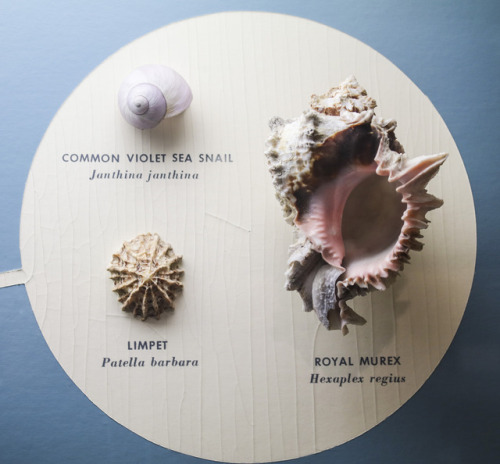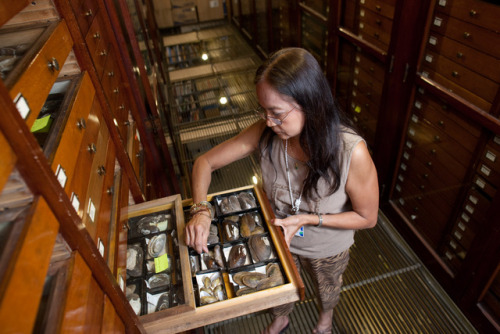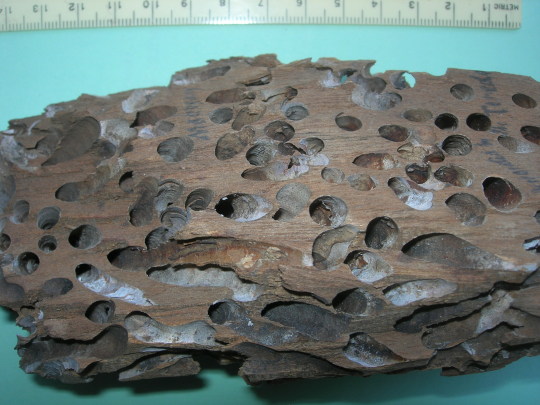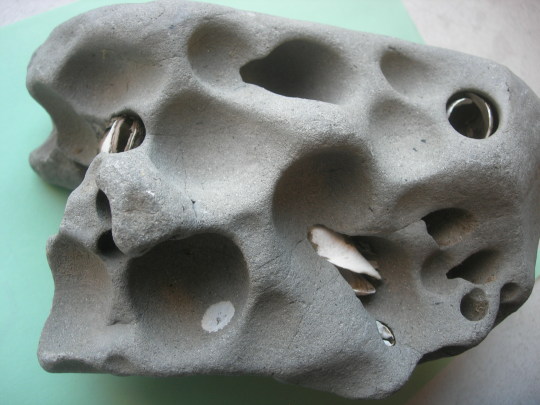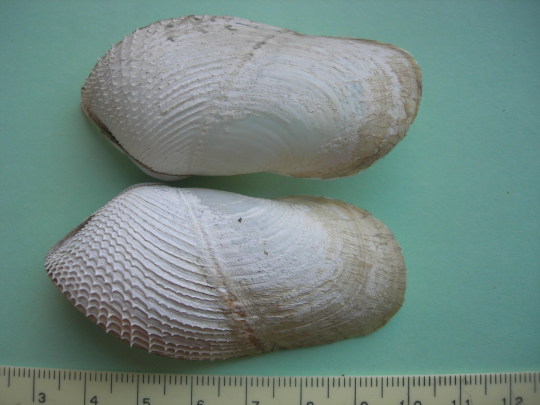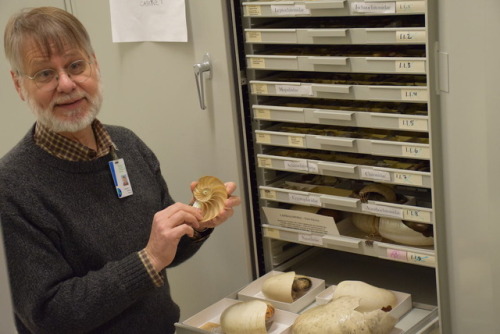Assistant Curator and Malacologist Dr. Timothy Pearce weighs in on which snail or slug is the fastest of them all. The answer may surprise you!
Ask a Scientist is a new short video series where we ask our research staff questions about the millions of amazing objects and specimens stored in our collection. Tune in on YouTube, and submit your own questions via Twitter @CarnegieMNH.
